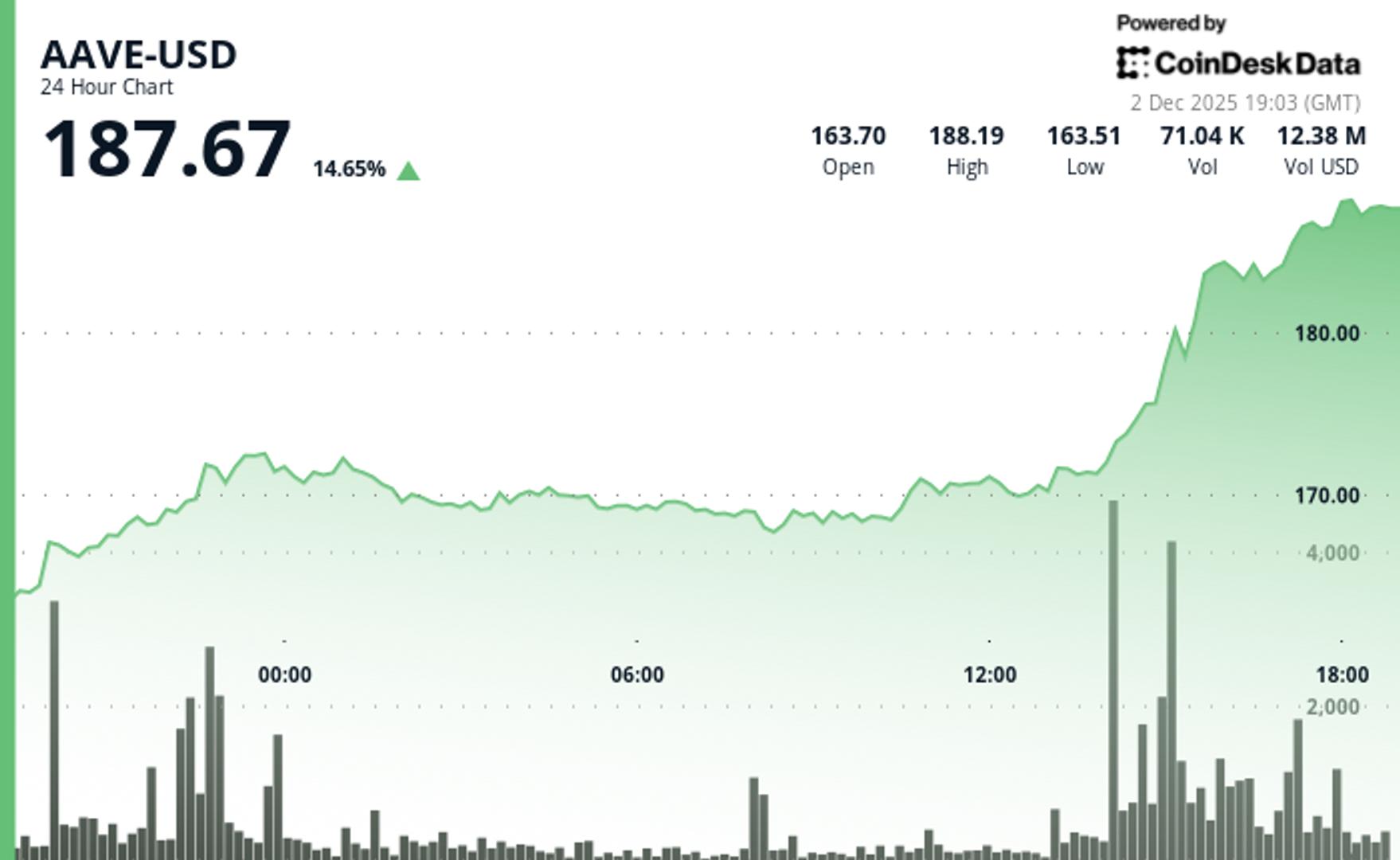The rise of Bitcoin is bringing about a notable stir within global financial circles. As its adoption widens, Bitcoin is being increasingly juxtaposed with conventional investment assets to assess its long-term viability. Both individual and institutional investors are flocking to this digital currency, prompting significant shifts in standard investment portfolios. Despite its inherent volatility, Bitcoin’s potential as an inflation hedge is captivating interest, prompting a revisitation of traditional investment strategies by financial analysts and attention from long-established financial institutions.
What’s Drawing Investors to Bitcoin?
Bitcoin’s appeal largely hinges on its decentralized structure and the potential for high financial returns. In contrast to gold, Bitcoin offers a digital, easily transferable wealth form that suits the accelerating digital economy. The noteworthy performance of Bitcoin over recent years has caught the eye of financial institutions, compelling a thoughtful reconsideration of digital currencies as legitimate investment assets, further reinforced by its adoption by major corporations.
How Are Risk Metrics Shaping Bitcoin’s Investment Potential?
The role of risk capital metrics in evaluating Bitcoin’s investment value has grown significantly. These metrics indicate that Bitcoin’s share in the investment landscape should increase compared to gold. A spokesperson stated,
“We anticipate that Bitcoin could capture up to two-thirds of gold’s private investment base.”
Furthermore, financial experts advocate for recalibrating traditional asset evaluation metrics to accommodate digital currencies effectively. A financial institution remarked,
“Bitcoin’s current valuation relative to gold offers insights into its evolving investment role.”
The implications of these metrics suggest a favorable growth trajectory, reflecting an increasing acceptance and institutional backing, possibly leading to a steadier perception of Bitcoin’s volatility.
In comparing Bitcoin to gold, its potential for growth is highlighted alongside its risks. Whereas gold is seen as a bastion of security, Bitcoin offers emerging possibilities. Proponents of digital currency assert that Bitcoin marks a new era of value, with adoption likely to grow as regulation and infrastructure evolve.
Despite obstacles poised by regulatory oversight, continuous dialogues suggest potential integration pathways for Bitcoin within existing financial systems. As regulatory frameworks develop, they may dampen Bitcoin’s market turbulence. Investors are advised to consider diversification strategies, harnessing both digital currencies and traditional assets to optimally balance their portfolios.
- Bitcoin might soon outpace gold in private investment stakes.
- Adjustments to traditional risk metrics can strengthen Bitcoin’s market credibility.
- Institutional interest underscores Bitcoin’s potential stabilization.
- Regulatory progress may mitigate market volatility.
Investment strategies are swiftly adapting to digital age demands. While Bitcoin’s future role in investment portfolios remains multifaceted, its potential to disrupt long-established financial norms is tantalizing. Its interplay with traditional assets like gold illustrates the convergence and divergence in contemporary investment strategies. Whether Bitcoin’s promise or unpredictability draws attention, its growing potential positions it as a distinctive asset class warranting scrutiny.
Disclaimer: The information contained in this article does not constitute investment advice. Investors should be aware that cryptocurrencies carry high volatility and therefore risk, and should conduct their own research.

















 English (US)
English (US)